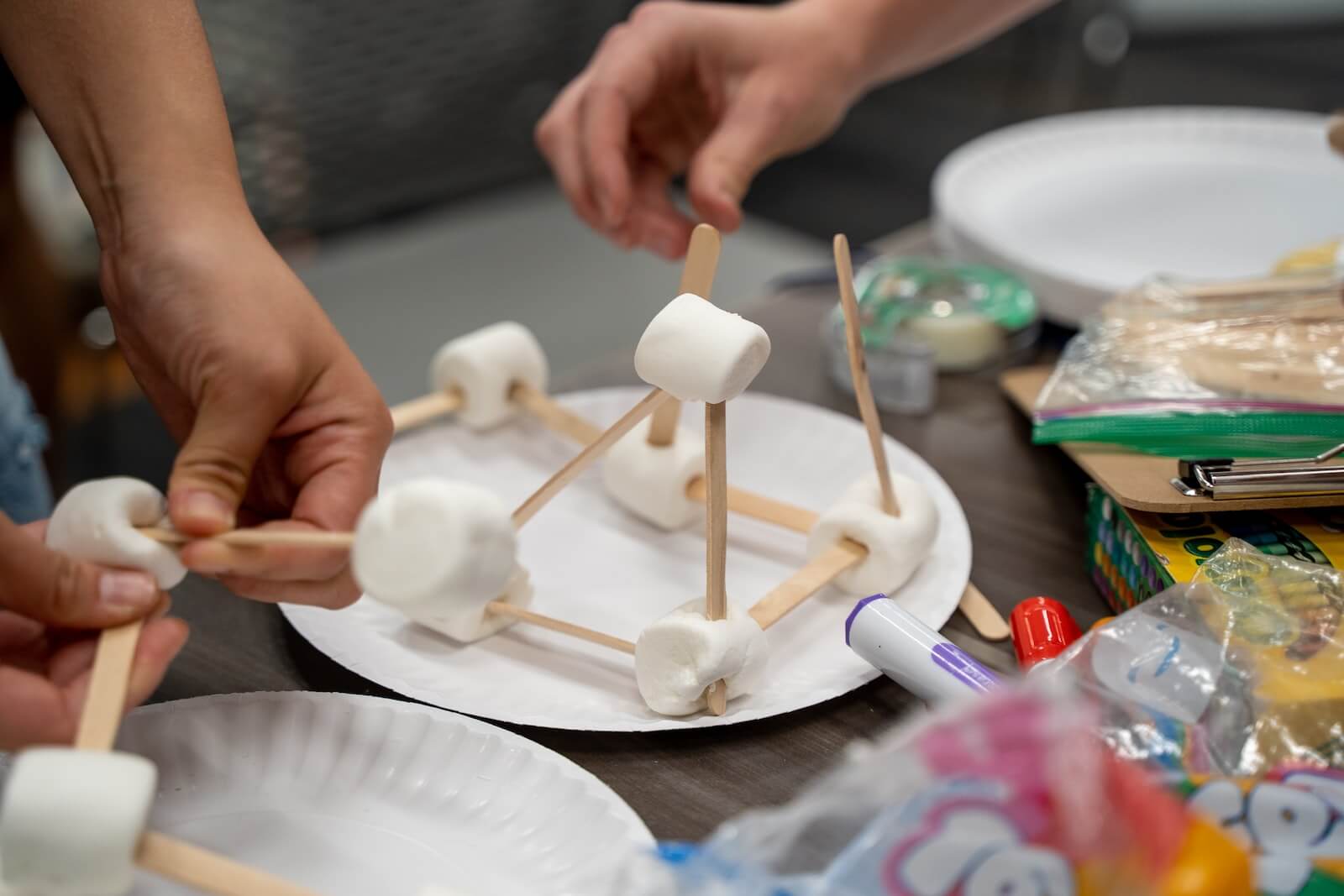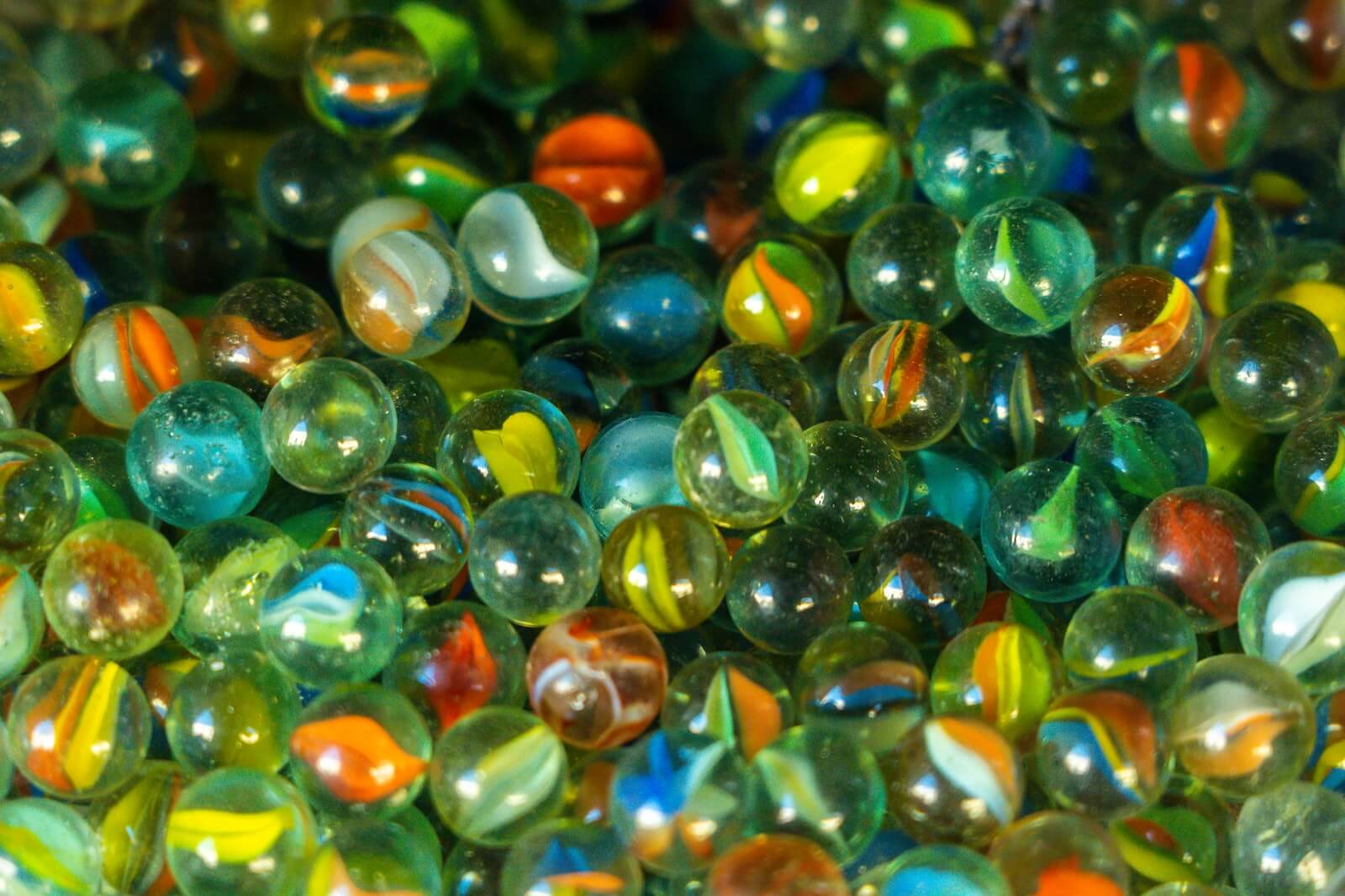Hands-on learning can be super fun for kids of all ages. STEM projects featuring elements of science, technology, engineering, and math encourages children to develop creative strategies to accomplish tasks. Many STEM activities can be done using household items. Sometimes they are messy and other times they can be challenging. But some of the best STEM projects for kids inspire them to think outside of the box to problem solve.
STEM has really grown in popularity. So much so, that many educators have integrated enrichment-based STEM programs into the academic school year. Results also reveal STEM students learn just as much in online classrooms as they do in traditional in-person classes. Online courses might be less satisfying than in-person classes, but many more students can access them and they are much cheaper to facilitate.
Many parents are not even aware of STEM and what it means. A study by The Institution of Engineering and Technology in London, notes that 48 percent of parent respondents didn’t even know what STEM stands for. Meanwhile, half of the parents in the survey say their children know more about science than they do. All in all, seven in 10 parents believe their kids would gain a “great deal of confidence” if they embraced STEM. On a related note, two in three parents admit that they wish STEM had been taught to them in the same engaging and exciting way it is taught to students today.
Luckily, learning has no boundaries. With that sentiment in mind, encouraging your children to explore new ideas and lessons is beneficial to their minds. StudyFinds compiled a list of the five best STEM projects for kids from ten expert websites and educator reviews. As always, we’d like to see your own recommendations in the comments below!
The List: Best STEM Projects for Kids, According to Expert Reviews
1. Build A Catapult
Got some popsicle sticks, rubber bands, a bottle cap and some glue lying around? If you do, then you can make a catapult.
“You can start by stacking 5-6 popsicle sticks and tying each end with rubber bands. For the catapult, you can take two sticks, tie them on one end, and slide the open ends to cover the top and bottom of the stack. You can attach a bottle cap to hold the projectile and fire away,” according to SplashLearn.
“Exploring physics has never been so exciting for kids because everyone loves to launch stuff into the air. A catapult made out of popsicle sticks is the perfect kids’ activity for simple physics.” notes Little Bins for Little Hands.
“Your catapult teaches you the concept of energy conversion when the lever arm is pulled down the stored potential energy gets converted into kinetic energy which results in launching your projectile into the air up to a certain distance,” adds Moonpreneur.
2. Make Toothpick Structures
The sky’s the limit when building with toothpicks. Plus, you can get a lot of toothpicks for very little money. You can use marshmallows, gumdrops or even jelly beans to hold your structure together. Just leave some for snacking on later. This activity helps with fine motor skill development for younger children, and problem solving for older kids.

Little Bins for Little Hands points out, “to build the structures, your kid needs to push a toothpick into the gumdrop and fit it together with others. He thinks he is just building cool structures, but I know he is practicing finger grasps, finger dexterity, coordination, and so much more!”
“How do you prevent the leaning of the tower? Well, unless you are making the Leaning Tower of Pisa, you have to do something when the structure begins to lean. This is where students learn! When structures fail, they have to rethink and redesign and improve,” according to Teachers are Terrific.
“Another way to use the Jelly Bean Toothpick Building Activity is to make it a timed game. You could do this as a solo activity or place the children onto teams. This is a great team-work building challenge,” adds Productive Pete.
3. Color Changing Flowers
For this project you’ll need some clear containers, water, food coloring and some flowers, like carnations. “This experiment is colorful, a lot of fun to do, and allows children to learn about the scientific phenomenon of capillary action,” according to Education Outside.
Taming Little Monsters adds kids, “get to see how flowers ‘drink’ water and how it travels from the bottom of the stem, all the way up to their petals.”
You’ll be amazed to see the flowers magically change color after placing the stems in water with food coloring for a few hours. Who knows, this may even inspire a green thumb later in life.
4. Build A Marble Run
This next project requires a wall and some ingenuity. Education.com points out by using, “a few simple household items you can use marbles to teach your child about simple science concepts like gravity, speed, weight, and balance.”

“By sticking half-tube cardboard cylinders to a wall and making a racing course for marbles, kids can learn about the effects of gravity and kinetic energy. Marbles can be made to fall through a range of twists and turns to learn why the ball pauses to change course,” according to SplashLearn.
Another fun way to create a marble run is by using pool noodles for a track. “If your marble didn’t make it to the end, try to figure out why. Is there a spot in your track where the marble got stuck? Was the marble going too slow to make it over a hill? If necessary, make changes to your design, like adjusting the angles of your tubes or improving the tube connections and try again,” notes Science Buddies.
5. Float An Egg
For this last STEM project, all you need is a hard-boiled egg, a cup of water, and some salt. “When the egg is lowered into the water it is observed that it drops through the plain water until it reaches the salty water and starts to float,” notes Moonpreneur. You may be wondering why this happens. The answer? Physics.
“The egg is denser than tap water, so it sinks. Adding salt water to the water makes the water denser than the egg. This causes the egg to float,” according to Planet Science.
SplashLearn says, “This is a great STEM activity to show how salt increases the density of water, which allows the less dense egg to float on the surface.”
You might also be interested in:
Sources:
- SplashLearn
- Little Bins for Little Hands
- Moonpreneur
- Teachers are Terrific
- Productive Pete
- Education Outside
- Taming Little Monsters
- Education.com
- Science Buddies
- Planet Science
Note: This article was not paid for nor sponsored. StudyFinds is not connected to nor partnered with any of the brands mentioned and receives no compensation for its recommendations. This post may contain affiliate links.
